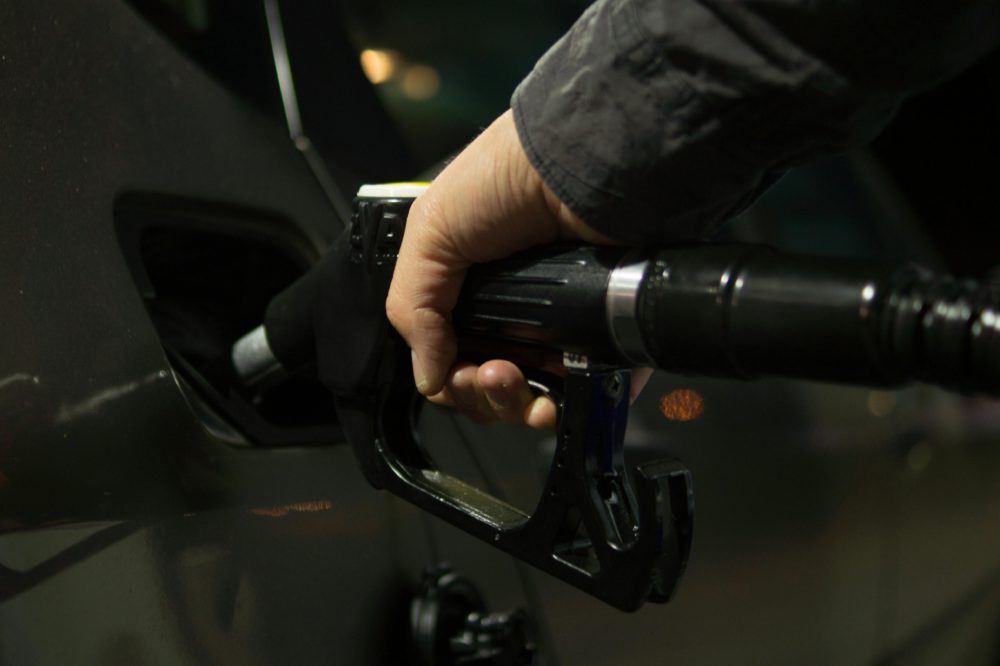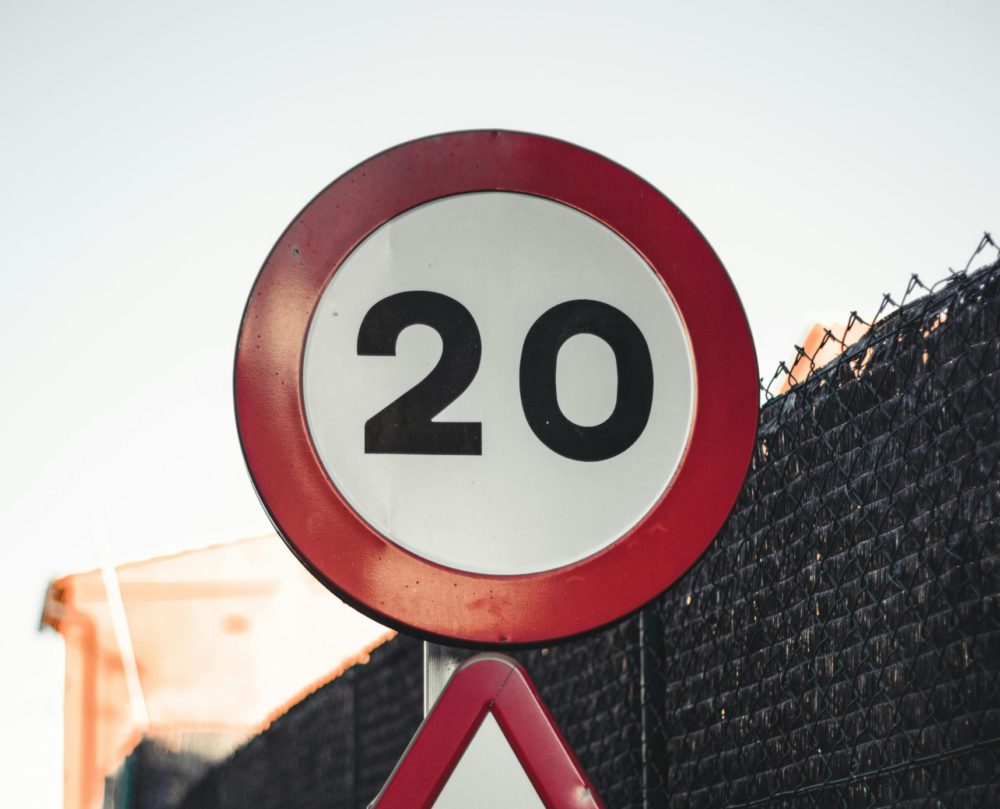It’s 2025. That means the year 2000 was 25 years ago. In slightly less terrifying news, it also means there are new rules and regulations drivers should be aware of. Here, we round them up and run through the details.
VED is coming for EVs.
From April 2025, Vehicle Excise Duty (VED) will apply to Electric Vehicles (EVs). The charge (also commonly known as road tax) varies depending on when the vehicle was registered.
- EVs registered from April 1, 2025, onwards: £10 for the first year then £195.
- EVs registered between April 1, 2017, and March 31, 2025: £195 annually.
- EVs registered between March 1, 2001, and March 31, 2017: £20 annually.
On top of this, EVs with a list price exceeding £40,000 will be subject to the Expensive Car Supplement, which is £410 annually for five years.
Fuel duty will stay frozen.

The current rate of 52.95p per litre is staying put until March 2026. This is intended to help ease the pressure on drivers after recent price spikes. (Although, many forecasters reckon petrol prices should trend downward in 2025).
Benefit-in-Kind (BiK) tax rates are going up.
From April 2025, Benefit-in-Kind tax rates for company cars will go up 1%. Rates are still banded according to emissions. So, on the cheapest end fully electric company cars will see an increase from 2% to 3%. The most polluting cars will be paying closer to 40%.
Changes to Congestion Charge exemptions.

This means the end of the Cleaner Vehicle Discount that greener vehicles used to benefit from. That said, the congestion charge will not apply from December 25 to January 1 each year (think of it as a little Xmas gift) – so the new rule will effectively begin on January 2, 2026.
The Zero Emission Vehicle (ZEV) mandate kicks in.
From now on manufacturers need to make sure that at least 22% of new car sales (and 10% of new van sales) are fully electric.
Introduction of the ‘Fuel Finder’ scheme.
It’s expected that by the end of 2025, all petrol stations in the UK will have to share real-time fuel prices to ‘Fuel Finder’ scheme – making it easier for drivers to find the lowest fuel prices available (which should help drive prices down a little).
GSR2 and Advanced Driver Assistance Systems.
A piece of EU regulation (with the catchy title GSR2) came into effect in 2024. It means that new cars sold across Europe have to include Advanced Driver Assistance Systems (ADAS) as standard.
Technically, as the UK is outside the EU, these systems aren’t mandatory – but in reality manufacturers don’t want the hassle of creating different versions of their cars just for the UK.
That means almost all new cars will come with features such as lane-keeping assistance and autonomous emergency braking systems, aimed at enhancing road safety.
Things slow down in Scotland.

In 2025, Scotland will see a new default speed limit of 20mph for built up areas.
New Number Plates.
As happens every year, new number plates will be introduced in 2025. From March 1, 2025, newly registered cars will feature the ’25’ plate, then from September 1, 2025, the ’75’ plate will come in.




